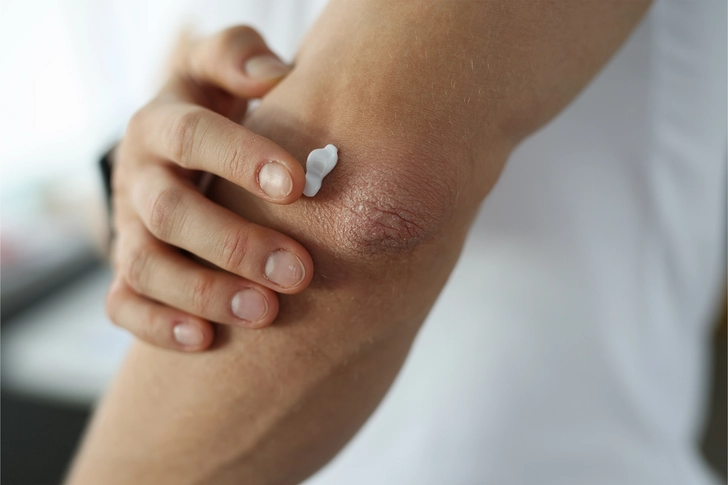- Overview
- Types
- Symptoms
- Causes & Risks
- Tests & Diagnosis
- Treatment
- Living With
- Mobility & Assistive Devices
- Complications
- Caregiving & Support
- Appointment Prep
- View Full Guide
What Helps Treat Pain From Multiple Sclerosis?


Understanding MS Pain
Pain from multiple sclerosis (MS) can vary widely among people. Some may feel tingling, while others experience stabbing or spasming sensations. Pain can affect different body parts, including the face, neck, muscles, back, and head. It's important to recognize the diverse experiences to find the best treatment.

All-Over Pain Relief
All-over pain in MS often affects the extremities. Common treatments include pain relievers like acetaminophen and skin gels like lidocaine. Medications for seizures or depression may also help. Consult your doctor to determine the most effective option for your specific symptoms.

Managing Facial Pain
Facial pain in MS can feel like a severe toothache due to nerve damage. Anti-seizure medications or nerve block injections are common treatments. Always discuss these options with your health care provider to ensure they are suitable for your condition.

Neck Pain Solutions
Neck pain in MS may cause a shocking sensation when moving the head forward. Neck collars and anti-seizure drugs can help manage this pain. Your doctor can provide guidance on the best approach based on your symptoms.

Treating Muscle Pain
Muscle pain in MS, often characterized by spasms, can be managed with muscle relaxers, spinal infusion pumps, and Botox injections. These treatments can help reduce discomfort and improve mobility.

Addressing Back and Bone Pain
Back and bone pain in MS may arise from pressure on joints and muscles. Physical therapy, massage, and meditation practices are effective ways to alleviate this pain. These methods not only relieve pain but also enhance overall well-being.
PHOTO CREDITS:
Slide 1: izusek/Shutterstock
Slide 2: H_Ko/Shutterstock
Slide 3: Science Photo Library/GettyImages
Slide 4: Westend61/GettyImages
Slide 5: PeekeReka/Dreamstime
Slide 6: Me dia/Shutterstock
SOURCES:
National Multiple Sclerosis Society website: “Pain.”
National Multiple Sclerosis Society Clinical Bulletin: “Pain in Multiple Sclerosis”
Multiple Sclerosis Association of America website: “Pain.”
Multiple Sclerosis Association of America website: “Spasticity (stiffness).”
U.S. Department of Veteran Affairs: “Pain and Multiple Sclerosis.”